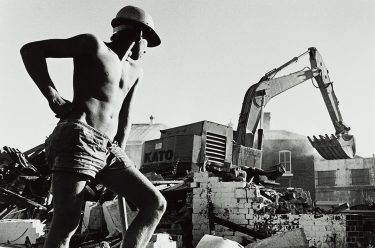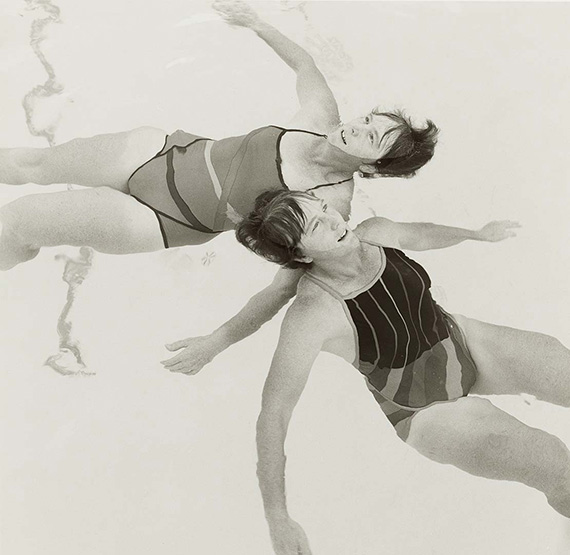
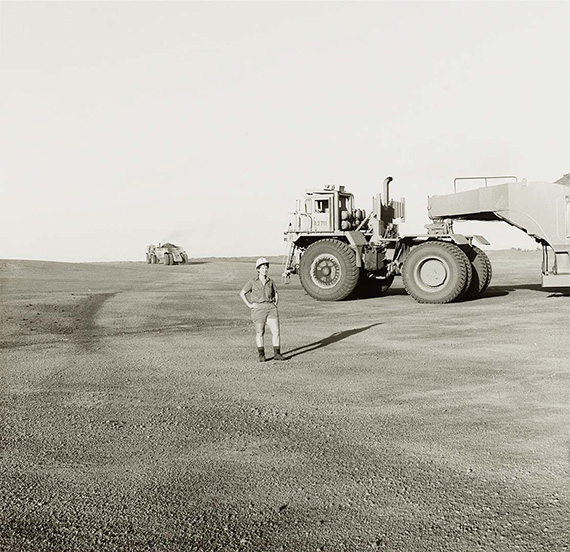
‘Journeys North’ focused on Queensland photography; all of the photographers involved were long-term residents of Queensland or had strong associations with the state. Graham Burstow, Lin Martin, Robert Mercer, Glen O’Malley, Charles Page and Max Pam each travelled to different regions of the state where, over a period of around 18 months, they documented the lifestyles, attitudes and values of Queensland society in the late 1980s.
Revisit our selection of this portfolio and re-examine the subjects each photographer examined and reflect on their relevance today. Queensland has, of course, changed in myriad ways in the intervening years, however ‘Journeys North’ provides an intriguing and enduring visual record of some of the people and places that have helped define this State.
Charles Page chose to examine the important place of the mining industry, visiting underground and open-cut operations in all the large mining centres of the state. His photographs examine the unique lifestyles but also the impact of mining on the landscape.
Flip through the original publication
In the artist statement from the original Journeys North Exhibition, Page stated:
For this project, I chose to work in the mining areas of central, western, and northern Queensland. I was interested in mining as a theme because of the economic importance to Queensland and because it has probably changed the face of the state more than anything else. However, my fascination with mining and mining areas goes back to my childhood in Victoria, when I travelled with my father who was a truck driver to places like Ballarat and Bendigo.
The underlying approach to this project is my relationship as a photographer to the people and the environments, which I encountered while travelling throughout Queensland. My style of working has always been to go into areas and photograph the subjects, which intrigue me; to produce images, which relate my emotions and attitudes to the subject.
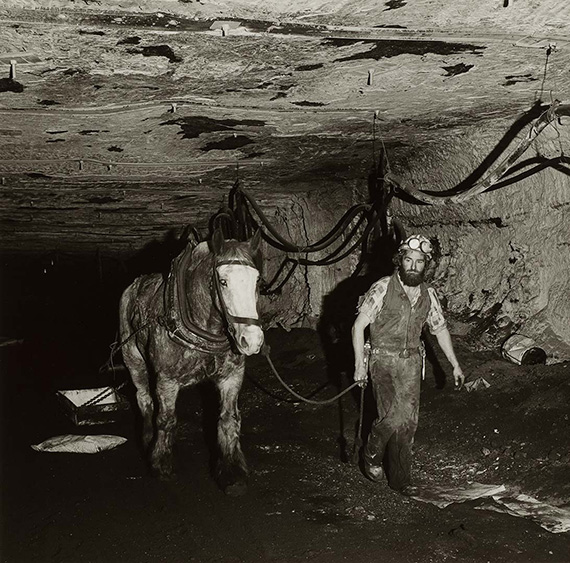
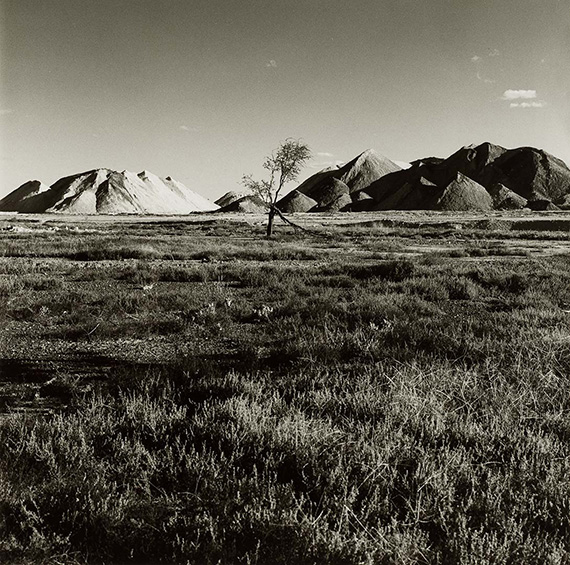
Throughout history, miners have always been a unique and individualistic group within society. The nature of their occupations has demanded a particular type of person, working in an environment unlike any other. The demands of the job extend beyond the work place, regardless of whether open-cut or underground mining is taking place. In Queensland, both types of mining are carried out and each has its intrinsic demands, which it places upon its employees, their families, and the environment.
In this project, I was interested in looking at what it is like to live in a remote area, dependant on a mine site for a living, and knowing that, in many cases, the lifestyle and even the town may be temporary. I anticipated that many of the newly created communities would be visual paradoxes, an aspect of photography, which interests me. Additionally, when huge holes- twenty by fifteen kilometres – are ripped out of the country, there are ethical considerations and visually polluted landscapes to explore.
Finally, in a documentary project, there should be an historical consideration. What exists from 1986 to 1988 is transitory: the lifestyle and the environment will inevitably change. When this worked is viewed in fifty or a hundred years time, it must make a statement about what it was like in a Queensland mining area as Australia goes into its Bicentenary.
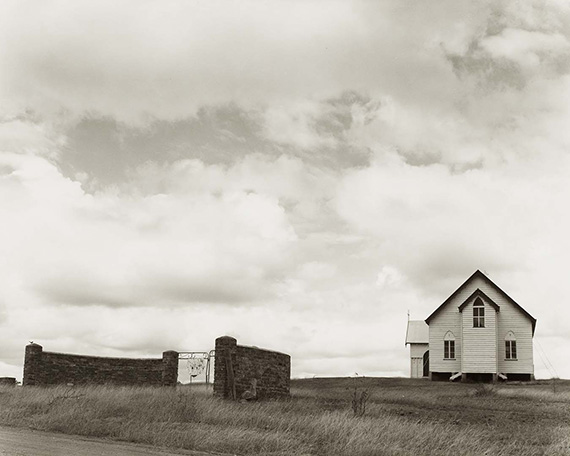
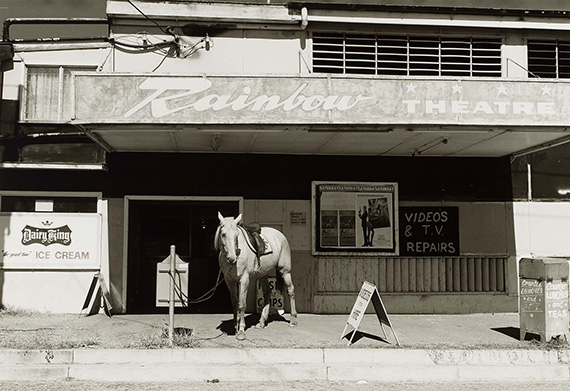
View the works from the ‘Journeys North’ portfolio
Flip through the original publication
